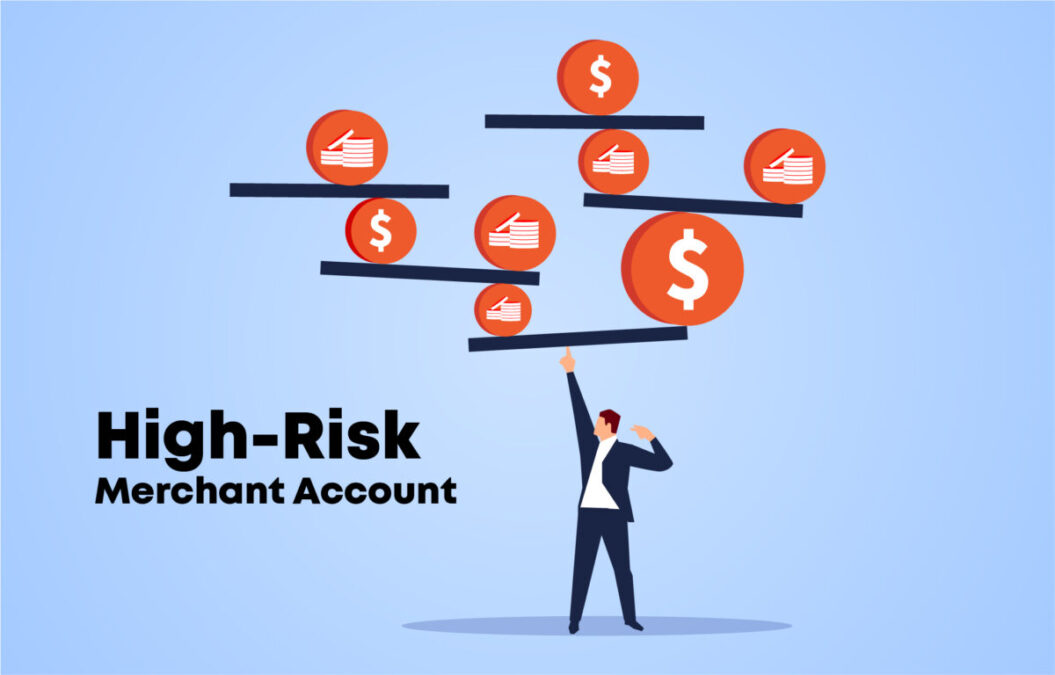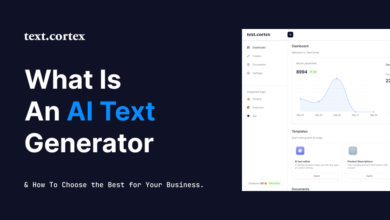Constant monitoring of high-risk customer accounts has been maintained as part of the compliance process with PEP screening regulations. Financial institutions need to scrutinize subject accounts for potential increases in risks. Such checks ensure that these accounts are not being used for an illegitimate purpose. It also safeguards the financial institution from servicing this clientele without the proper vetting of the PEP whose service has been requested.
This article will detail some of the best practices for continuous monitoring and screening of PEPs for high-risk accounts. It would also include staff training, updating customer information, and setting policies. These practices can be used to strengthen financial institutions’ compliance with high-risk account regulations.
Definition of High-Risk Account
There are some common factors by which an account should be classified as high-risk and thereby subject to more frequent screening of PEP. An account in the name of a politically exposed persons, such as a government official, deserves a closer view because they are in a more prominent position to exert influence.
Those with high-volume transactions, especially wires or cash withdrawals above a certain threshold, deserve extra screening. Financial institutions should also have clear guidelines as to what attributes make an account high-risk as part of their PEP Screening Process and a PEP list screening program. Accounts for non-resident customers or those from high-risk countries trigger monitoring over 30% of the time.
Setting a Monitoring Frequency
Most analysts recommend that high-risk accounts be screened for PEPs every 6-12 months to catch changes. Still, many more analysts recommend screening high-transaction accounts monthly or even weekly with regard to modern automated PEP Screening tools. In view of the contemporary automated PEP screening tools, the initial monitoring of such changes could be at a frequency of six months, which most analysts recommend for high-risk accounts, and on a year-on-year basis for PEPs in the lower tiers. Most regulators also demand ongoing, real-time alerts. More than 25% of enforcement actions noted over the year were failures to monitor accounts according to regulations.
Automated Alerts and Notifications
Automated alerts and notification systems are one of the best practices in PEP screening. Manual reviewing is labor-intensive and is prone to errors. New screening technologies can scan the different accounts one after the other against global PEP checks and send alerts on changes, like those of updates to an individual’s risk level or sanctions.
That allows gains in the ability to escalate and further review immediately without delays. Proper configuration is essential, though. Over-alerting can create noise, while under-alerting misses critical changes. Automated screening catches issues 15-30% faster than traditional serial reviews if configured.
Perform Enhanced Due Diligence
When a high-risk account gets triggered for extra monitoring during ongoing PEP Screening, the financial institutions should do enhanced due diligence. Over 25% of monitored accounts get escalated for further review by the collection of extra customer information. Thorough due diligence helps to build a more robust customer profile to detect any inconsistencies over time.
Review Transaction Activity
Analyzing transaction patterns and activities is the final step in the routine screening of high-risk profiles under PEP. For example, large payments to low-income countries can be cited as unusual transactions in many cases. If such transactions take place, then further analysis is necessary. Another example is where there is a sudden spike of wire volumes from an inactive account; red flags accrue and must be reported when this event is discovered.
Based on data, almost 45 % of suspicious activity reports submitted by financial institutions every year are based on transaction behavior. Types of transactions that are being done make it much easier to look for any unsanctioned modifications that may need to be investigated further.
Updating Customer Information
The customer information should be updated from time to time in the course of an annual PEP screening program for changes that were not included in the previous program, including the verifying of critical data, such as address, occupation, and background, on an annual basis. In one survey, 15% of PEP Screening failures emanated from the lack of current customer records reflecting recent changes to the profile. In other words, regular Customer Reviews and Address Confirms go a long way in lowering compliance risks over time.
Why is Ongoing Monitoring Important?
High-risk accounts should be monitored during the PEP Screening Process. There should be periodic checks for the PEP, as this will increase the chances that any change that might have been missed in the initial screening or past ongoing PEP screenings can be detected. For example, the status of politically exposed persons or their risk levels can change at times.
In the case of non-ongoing reviews, unauthorized individuals can break into the system and misuse the financial system. Continuous reviews also ensure that the PEP screening method is still running correctly. Sanctions or legal actions against the clients may only be detected in successive screenings. The organization is protected from such changes while things such as fostering money laundering schemes are also averted. Thus, OPEP screening protects compliance on an ongoing basis rather than point-in-time. It reduces the risks that result from holding outdated account information.
Learn how to implement a sound PEP screening program at your financial institution. Go to amlwatcher.com to learn more about setting up an effective PEP screening program. Other resources on the site will outline how you can make your compliance processes more effective.
Also Read: https://usatimenetwork.com/




